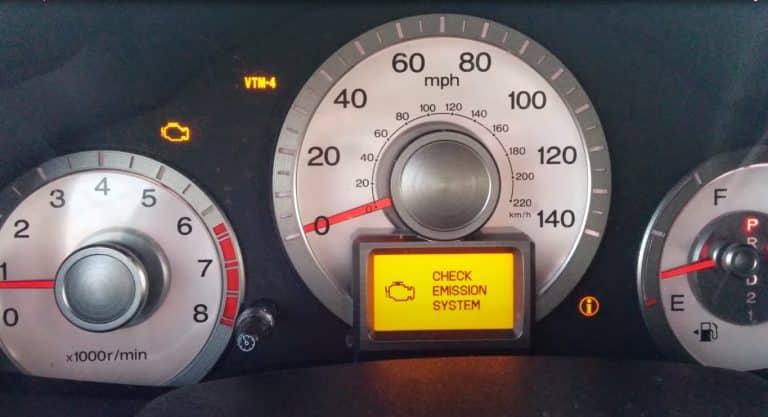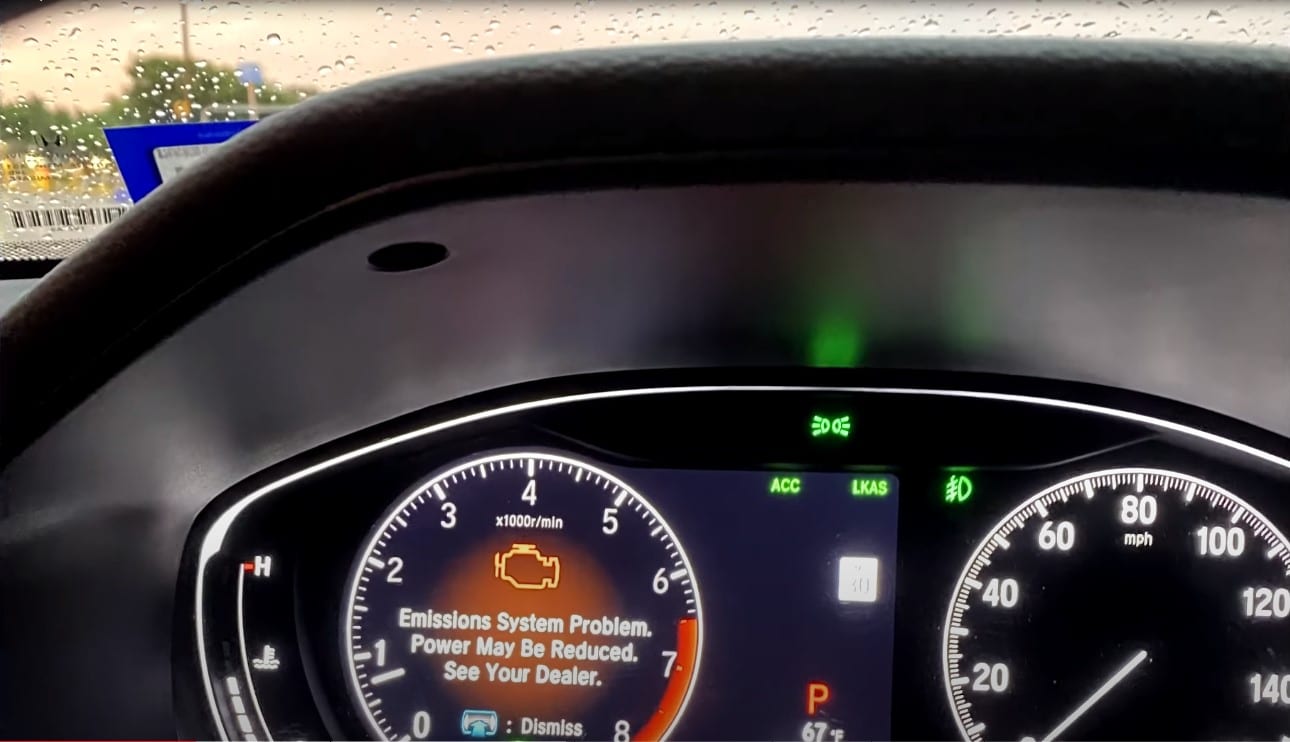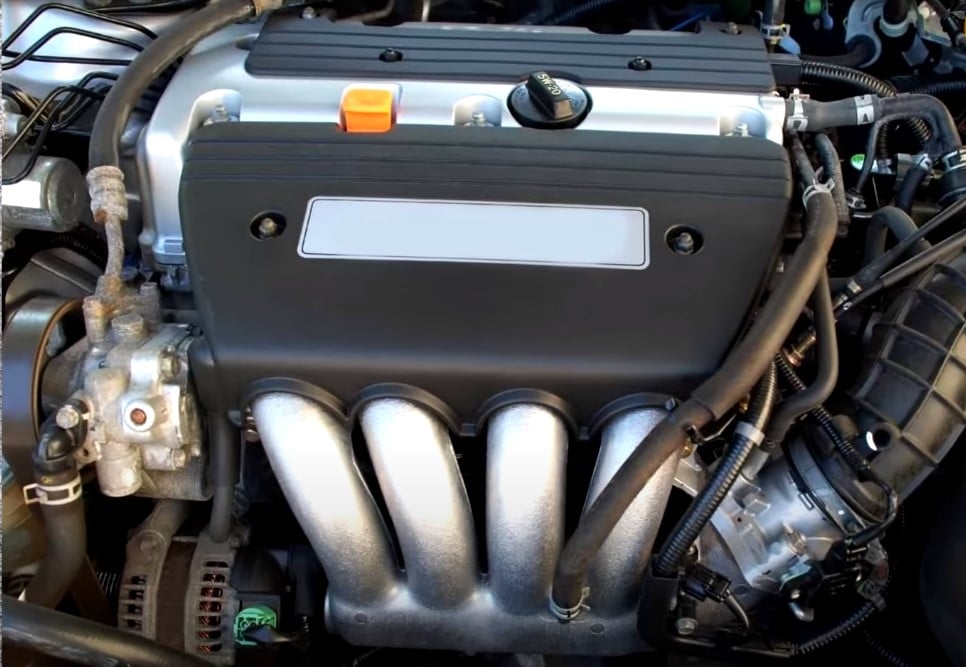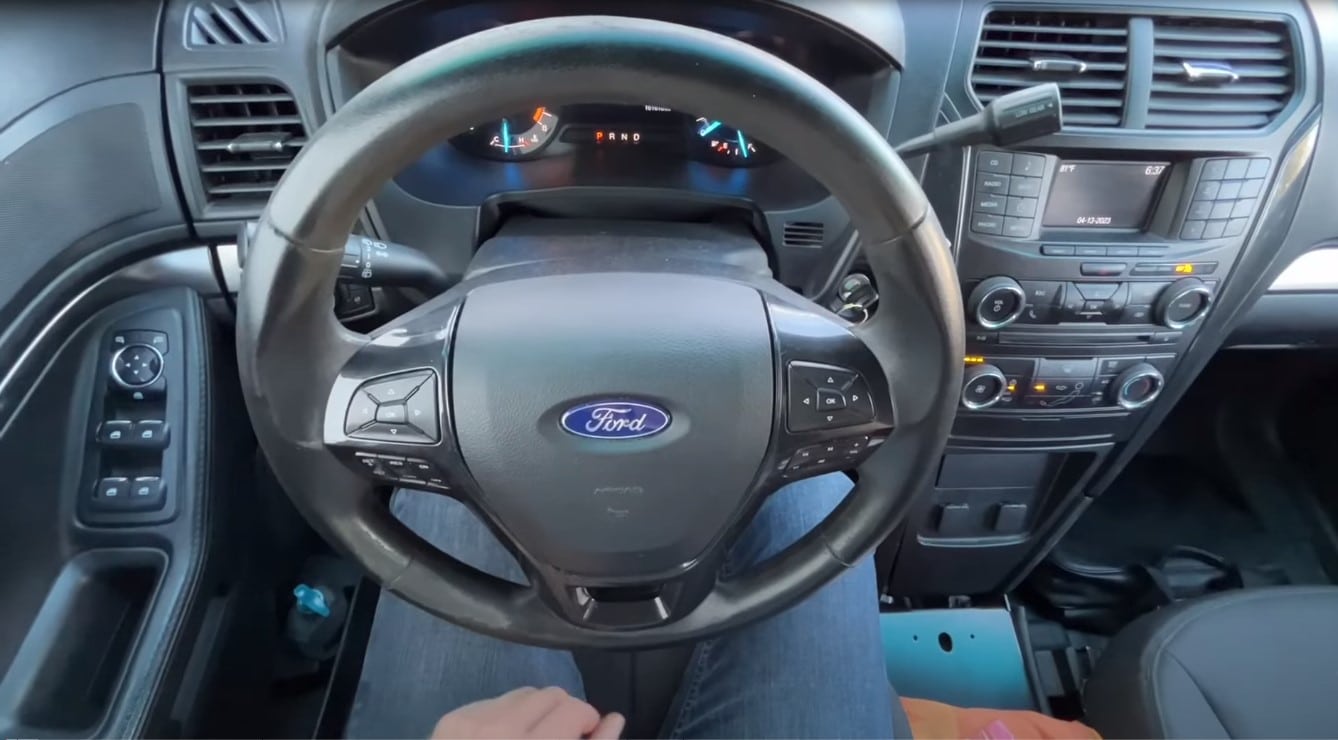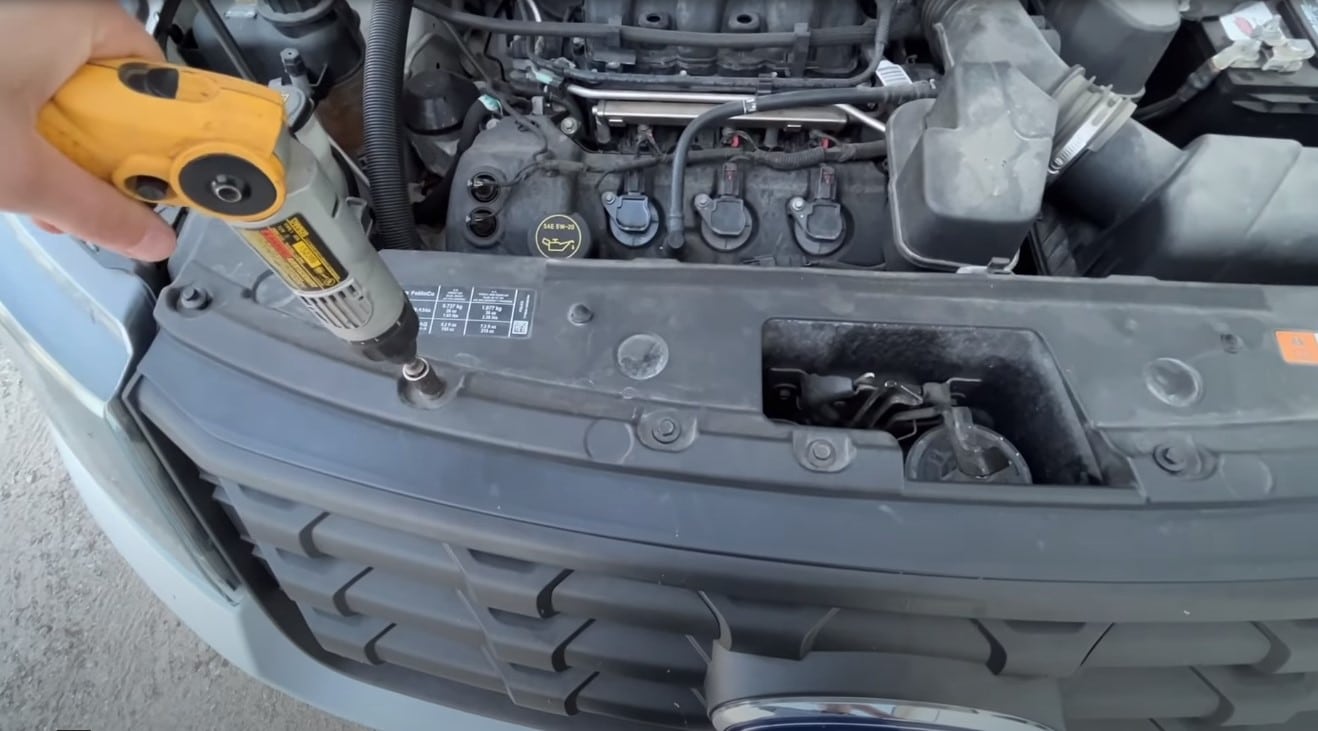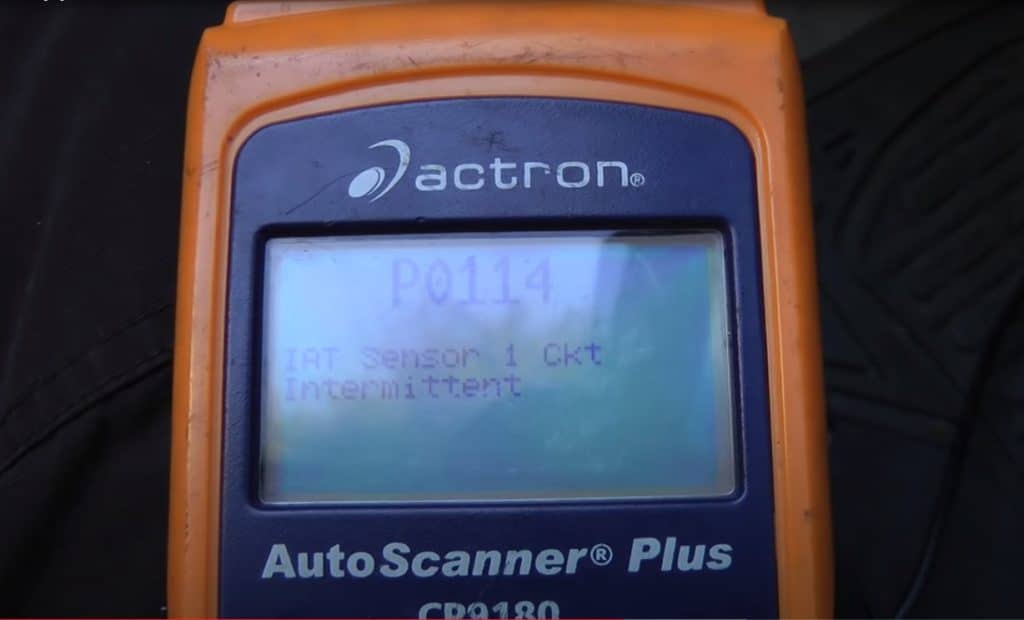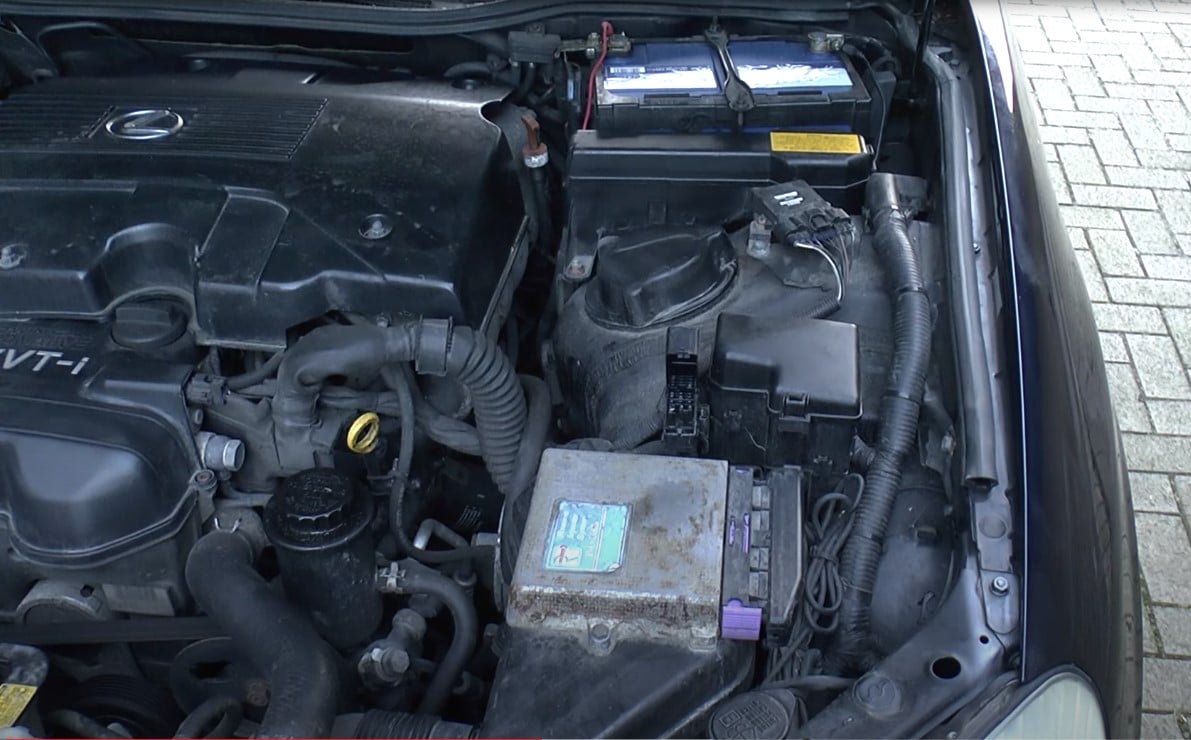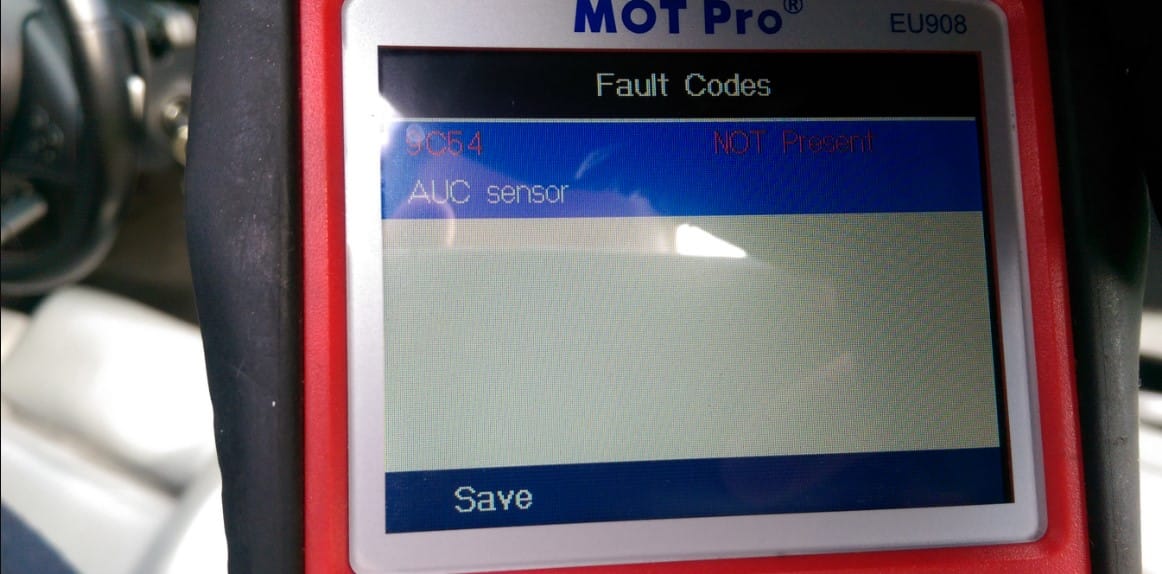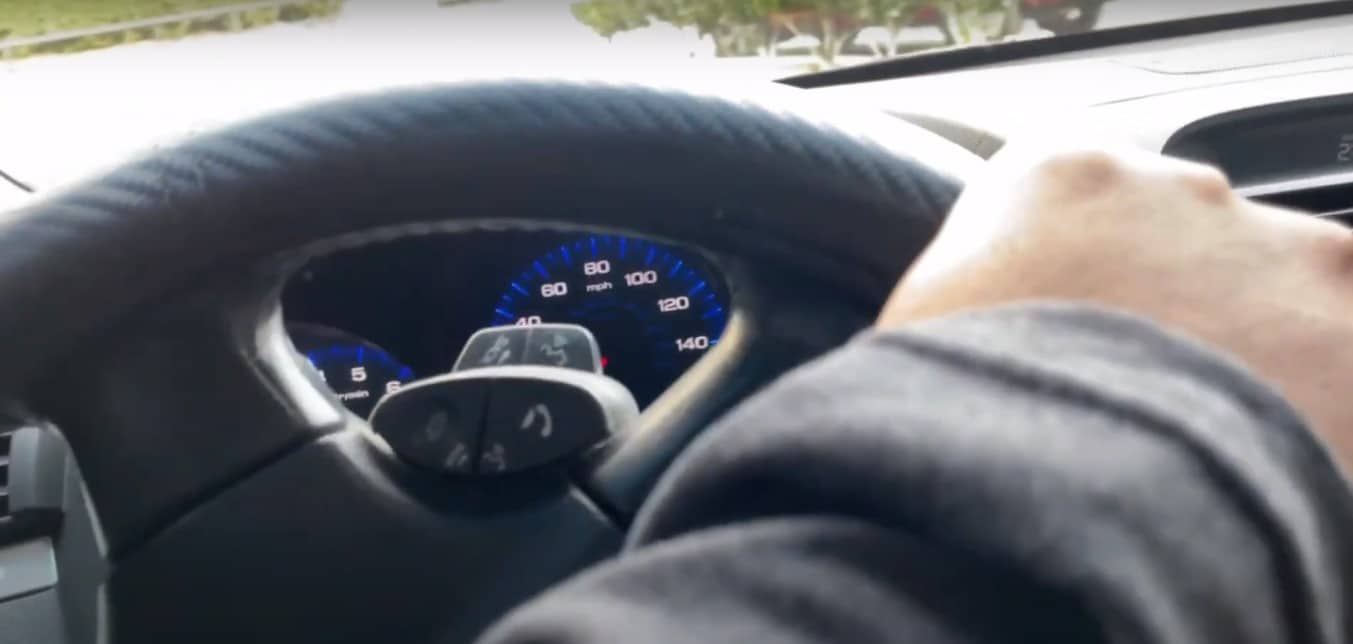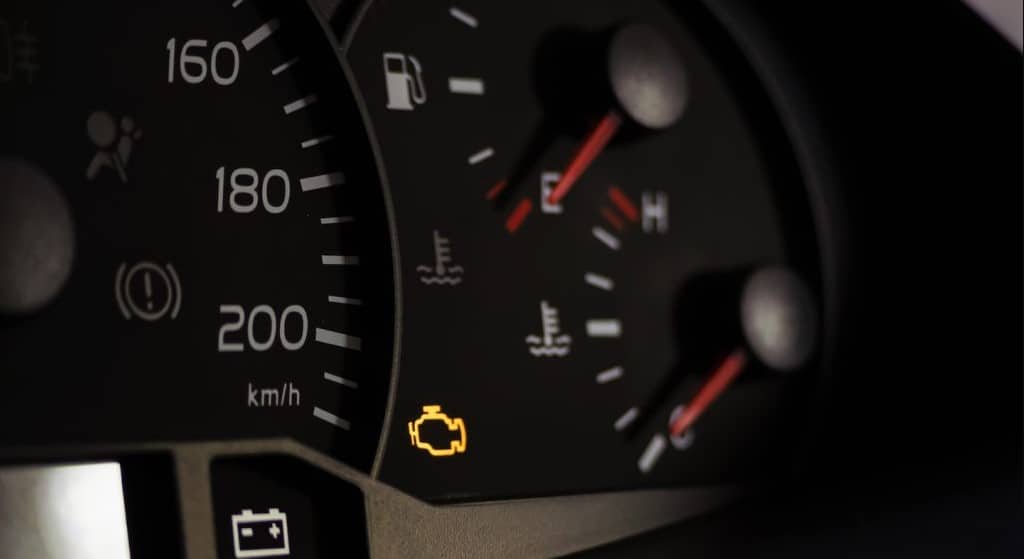How long can you drive with check engine light on? It’s a question looming over many a driver’s head. From the ignition system to the engine control module (ECU), every component in modern cars is meticulously monitored. Yet, the check engine light remains a universal sign of potential trouble, whether it’s a simple issue like a loose gas cap or a critical concern such as a failing catalytic converter.
Through my own participation, I have developed a feeling for the vehicular symphony beneath our seats. Ignoring it means turning a blind eye to crucial data and information. The OBD-II system, ignition coil, and oxygen sensor are just a few examples of the complex mechanisms ensuring optimal performance. Responding to these warning lights and understanding error codes are paramount.
With the myriad of onboard diagnostics and dashboard alerts, understanding these signals becomes essential. Every yellow check engine light or low oil pressure indicator carries a message. In this article, Riches Auto Body will delve into these messages, deciphering their meanings and guiding you on the best course of action.
Understanding the Check Engine Light
Having been through similar situations, I am inclined to feel a sense of curiosity and concern whenever the check engine light suddenly decides to make an appearance on my dashboard. The pivotal question is: how long can you drive with check engine light on? It’s not just about addressing that immediate concern; it’s also about understanding the origin, the very purpose, and often misinterpreted signs this little light brings with it.
History and Purpose
Our vehicles today are wonders of technology and engineering. However, the check engine light, a fundamental tool in modern car diagnostics, only solidified its place in our vehicles around the mid-’90s. More precisely, it was in 1996 that the federal government took a pivotal step in automotive history. Recognizing the need for standardized vehicle emissions and diagnostics, they introduced the OBD2 system, making it mandatory for all new vehicles sold in the United States.
The introduction of the OBD2 was less about alarming drivers and more about promoting environmental consciousness. The check engine light was a byproduct of this system, acting as the beacon, guiding drivers to any discrepancies in their vehicle’s operations.
Common Misconceptions
Despite its prevalence, many misconceptions surround the check engine light:
- It Only Concerns the Engine: A widespread belief is that this light only relates to engine malfunctions. In reality, it encompasses issues ranging from transmission faults to exhaust system inefficiencies.
- Steadiness Equals Emergency: Many panics upon seeing a steady check engine light. Contrary to this belief, a steady light indicates a warning. It’s the blinking light that should accelerate your visit to a mechanic.
What Does It Do?
At its core, the check engine light serves as an early warning system. When the vehicle’s engine control unit (ECU) – its central computer – detects a problem within the intricate network of systems, this light illuminates. The spectrum of issues can vary:
- A loose gas cap might trigger it, which, although minor, can impact fuel efficiency.
- On the moderate end, one might be looking at a faulty spark plug, affecting the vehicle’s overall performance.
- On the extreme end, a malfunctioning catalytic converter poses not just performance issues but environmental concerns.
| Cause | Severity |
|---|---|
| Loose gas cap | Minor |
| Faulty spark plug | Moderate |
| Malfunctioning catalytic converter | Serious |
These warnings manifest in colors, typically orange, yellow, or amber, each hue meticulously chosen by the vehicle’s manufacturer. Remember, a flashing light isn’t just a warning—it’s a distress signal indicating a severe problem.
Discover a new subject: Can Engine Oil Deficiency Activate the Check Engine Light?
Why Does the Check Engine Light Turn On?
Based on my history, I have arrived at a belief that understanding our vehicles transcends the simple mechanics of driving. Every flash, beep, and signal on our dashboard tells a story—a tale of what’s happening under the hood. Among the plethora of signals, the check engine light often stands out. Its sudden illumination poses a pressing question: how long can you drive with the check engine light on?
Decoding the Palette: Light Colors and Their Meanings
At first glance, the check engine light may appear just as another symbol on your dashboard. However, its shades—typically leaning towards orange—act as the car’s silent Morse code. While the hue remains largely consistent across most vehicles, the intensity and behavior (steady versus flashing) can provide additional clues about the gravity of the underlying issue.
Understanding Common Triggers for the Light
When it comes to vehicle diagnostics, the reasons for this light’s activation are multifaceted:
- Minor Issues:
- Loose or Faulty Gas Cap: It might sound trivial, but even a slightly skewed gas cap can set off the check engine light. This is because a non-sealed fuel system can release fuel vapors into the atmosphere, violating emission norms and compromising fuel economy.
- Moderate to Serious Concerns:
- Bad Spark Plug Wires: The symphony of a car’s performance relies heavily on the ignition system. Spark plug wires, when faulty, disrupt this harmony, leading to misfires, poor acceleration, and a notable drop in fuel efficiency.
- Faulty Oxygen Sensor: Think of this sensor as the lungs of your car’s emission system. When dysfunctional, it fails to monitor unburnt oxygen, leading to both reduced mileage and heightened emissions.
Alarming Indications: Critical Alerts
- Major Concerns:
-
- Major Engine Failure: A phrase no car owner wants to hear. A significant engine failure doesn’t just hamper the vehicle’s performance—it’s a colossal blow to the pocket. Such breakdowns can stem from prolonged negligence of minor issues or sudden malfunctions in the engine’s core components.
| Severity | Potential Issues |
|---|---|
| Minor | Loose gas cap |
| Moderate to Major | Bad spark plug wires, Faulty oxygen sensor |
| Critical | Major engine failure |
The check engine light serves as an early warning system, highlighting problems that might range from the mundane to the critical. How long can you drive with the check engine light on? That’s a question with varied answers, depending on the root cause. But one thing is certain: timely attention can prevent minor glitches from snowballing into expensive repairs.
How Long Can You Drive With the Check Engine Light On?
From my involvement, I have cultivated a perception that the vehicle’s check engine light, although small, serves as a beacon of crucial information. This modest light becomes the center of attention when it illuminates, sending a wave of questions to the driver’s mind. But the pivotal query remains: how long can you drive with the check engine light on? Let’s delve deeper into the context surrounding this light’s behavior to understand its implications.
If The Light Is Not Blinking
When the check engine light remains constant without flickering, it usually signifies a non-critical issue with the vehicle. Perhaps it’s something as trivial as a gas cap that isn’t fastened properly. But how far can one continue driving in such a situation? Once you see the check engine light, it is safe to drive with the light on for 50 to 100 miles. This window provides ample opportunity for sensor issues to auto-correct, potentially deactivating the check engine light. However, if it persists, a computer scan becomes imperative to unveil the associated error codes. Remember, you should not drive more than 100 miles when the check engine light is on.
| Factors Affecting Drive with Check Engine Light | Recommendations |
|---|---|
| Minor sensor faults | Safe to drive up to 100 miles and then check |
| Constant light without blinking | Get a diagnostic scan for error codes |
| Recent refueling or potential gas cap issues | Check the gas cap and ensure its proper sealing |
What If The Light Is Blinking?
A pulsating check engine light demands immediate attention. Such behavior often indicates severe issues that might cause extensive damage if neglected. But here’s an interesting perspective: You can drive as long as you want to with the check engine light on. It doesn’t inherently spell catastrophe. Nevertheless, it’s a caveat. It doesn’t necessarily mean your vehicle operates at its peak or that it’s devoid of underlying issues.
- Action Steps for a Blinking Check Engine Light:
- Safeguard Your Journey: Ensure you’re not in imminent danger or causing potential harm to the vehicle.
- Limit Extended Drives: Minimize driving distances to prevent escalating damages.
- Consult a Specialist: Prioritize getting an expert’s opinion, preferably sooner than later.
To sum it up, the check engine light, though small, holds the essence of your vehicle’s health. The length of driving with it largely depends on its behavior—constant or blinking. Always stay informed, stay safe, and remember to understand how long you can drive with the check engine light on by observing and acting upon its signals.
Connect with another article: Causes of Check Engine Warning Illumination
Dangers of Driving With the Check Engine Light On
Considering my own practical experience, I hold the view that the check engine light isn’t just an ordinary warning on our dashboards—it’s a herald of potential malfunctions that can have severe repercussions. The question always arises: how long can you drive with the check engine light on? The answer varies and is determined by the kind of risks we’re willing to take, not only for our vehicles but also for our safety.
Risk to Vehicle Health
At the core of a check engine light lies potential harm to your vehicle. It symbolizes a problem somewhere in your emissions system. In most instances, this light remains steady, serving as a grave reminder that something is awry. But even seemingly minor issues can escalate, leading to costly repairs and deterioration of your vehicle’s longevity. Neglecting these warnings can ultimately culminate in a vehicle that’s rendered non-operational.
Safety Concerns
Driving with a check engine light exposes you to numerous safety hazards. For instance, if there’s an engine misfiring issue, you could become a peril on a bustling road or even a steep ascent. Situations like these risk not only your safety but also the safety of other road users. Severe vibrations, backfiring, and potential stalling are more than mere inconveniences; they’re dangers in the making.
| Safety Issues from Check Engine Light | Potential Consequences |
|---|---|
| Engine Misfiring | Vehicle stalling, loss of power |
| Overheating Engine | Fire hazard, complete engine breakdown |
| Faulty Emissions System | Increased air pollution, failed inspections |
Is Your Check Engine Light Flashing or Solid?
While a constant check engine light warrants attention, a flashing light raises immediate alarms. This sporadic blinking is indicative of severe issues, like an overheating engine or engine misfire. Such problems don’t merely reduce your vehicle’s efficiency; they can inflict irrevocable damage. So, if you observe your check engine light flickering, it’s more than a sign—it’s a scream for urgent action.
Will I Damage My Car Driving with a Blinking Check Engine Light?
In short, yes. A blinking check engine light is not to be taken lightly. Driving under these circumstances can result in extensive harm to vital components, such as your catalytic converter. If you find yourself in this situation, the best course of action is to stop, turn off the car, and seek assistance immediately.
Conclusively, while it might be tempting to ignore or postpone addressing the check engine light, doing so could lead to greater complications, both mechanically and safety-wise. Understanding how long you can drive with the check engine light on requires comprehending the dangers associated with it. Being proactive and vigilant ensures not only the health of your vehicle but also the safety of your journeys.
How To Deal With A Check Engine Light?
Reflecting on my journey with vehicles, I have formed a sentiment about the enigmatic check engine light. While this small symbol can cause much consternation, understanding and addressing it promptly can save you both time and money. One of the most frequently asked questions is: how long can you drive with the check engine light on? Let’s dive into the steps to take when confronted with this automotive enigma.
Immediate Steps to Take
When the check engine light makes its unwelcome appearance:
- Stay Calm and Evaluate: Don’t let panic take the wheel. First, assess if there’s any noticeable difference in the vehicle’s performance. Does it stutter, make noises, or even smoke?
- Blinking vs. Steady: A steady light is a cause for concern but doesn’t signal immediate danger. However, a blinking light typically indicates an engine misfire that can damage the catalytic converter or other critical components.
- Safe Location: If you notice a significant issue or the light starts blinking, you should pull over at a safe location and shut off the engine.
- Call for Assistance: If in doubt, especially with a blinking light, it’s safer to have the car towed to a repair facility for a thorough diagnosis.
Consulting Professionals
Once you’re in a secure location, the next step is to get professional insights:
- OBD-II Scanner: This device can be plugged into most cars manufactured after 1996. It reads the specific error code causing the check engine light. While some auto enthusiasts have these scanners, many turn to professionals for a more detailed diagnosis.
- Visit an Auto Repair or Parts Supply Chain: Many of these establishments offer free check engine light evaluations, providing you with the error code. However, while they’ll give you a general idea, they might not provide an exhaustive analysis.
- Mechanic Consultation: Taking your vehicle to a trusted mechanic can give you a comprehensive understanding of the underlying issue and potential solutions.
| Action | When to Use | Benefit |
|---|---|---|
| OBD-II Scanner | If you’re familiar with cars or want a quick diagnosis | Provides a specific error code that triggered the check engine light |
| Auto Repair Chain Visit | For a no-cost initial check | Can give a preliminary understanding of the issue |
| Mechanic Consultation | When a detailed inspection is needed | Offers a comprehensive diagnosis and potential solutions |
What Is The Best Option?
While an OBD-II scanner at an auto repair chain might provide a quick answer, it might not be the most insightful. If the problem is minor, such as a loose gas cap, you can address it yourself. However, for more complex issues, a detailed mechanic consultation is crucial. They not only diagnose but can advise on how long you can drive with the check engine light on, based on the specific problem.
Understanding the urgency and type of problem is vital. Driving long distances with a severe issue might not only be unsafe but can lead to more expensive repairs down the line.
Uncover parallel articles: Reasons for Intermittent Check Engine Light Activation
The check engine light is a call to action, one that requires a mix of personal judgment and professional advice. Remember, your vehicle is a complex machine, and its signals, like the check engine light, are its way of communicating its needs. Act wisely, prioritize safety, and ensure its longevity.
Preventive Measures and Maintenance
Drawing from my personal experience, I sense a profound understanding of the importance of a vehicle’s well-being. Similar to our health, cars, too, need preventive care and timely attention to continue performing optimally. One critical sign to never overlook is the check engine light. One may wonder, “How long can you drive with the check engine light on?” The answer is not straightforward and depends on the underlying issue causing the light to activate.
A blinking light usually indicates an engine misfire so severe that unburned fuel is being dumped into the exhaust system. In essence, the check engine light, with its myriad reasons from bad spark plug wires to a faulty oxygen sensor, is a plea for help from your car. By addressing this early on with preventive measures, you can save both time and money.
The Role of Regular Check-ups
Much like our annual health screenings, cars too benefit from consistent diagnostic evaluations. Regular check-ups allow professionals to:
- Spot Early Warning Signs: Detecting problems before they escalate can save both time and money.
- Ensure Fluid Levels: Regularly topping off and changing essential fluids like engine oil, transmission fluid, and coolant ensures optimal performance.
- Check Tire Health: Maintaining proper tire pressure and alignment reduces wear and ensures safe driving.
| Benefit | Description |
|---|---|
| Spot Early Warning Signs | Catching problems early can prevent larger issues and costly repairs. |
| Ensure Fluid Levels | Checking and replacing essential fluids like engine oil and coolant ensures the engine runs smoothly. |
| Check Tire Health | Monitoring tire pressure and alignment is crucial for safety and reducing uneven wear. |
Importance of Scheduled Servicing
Every vehicle comes with a recommended service schedule, often highlighted in the owner’s manual. Adhering to this timeline ensures:
- Optimal Performance: Routine checks ensure that all parts are functioning at their best.
- Fuel Efficiency: Regular maintenance can help in achieving better fuel economy.
- Prolonged Vehicle Life: Addressing wear and tear promptly extends the life of the car.
| Aspect | Benefit |
|---|---|
| Optimal Performance | All parts work efficiently, ensuring smooth drives. |
| Fuel Efficiency | A well-maintained vehicle consumes less fuel. |
| Prolonged Vehicle Life | Tackling issues head-on extends your car’s lifespan. |
Do-It-Yourself (DIY) Tips
Empower yourself with DIY techniques:
- Visual Inspections: Look for cracks in belts, tire wear, and hose leaks.
- Cleanliness: A clean vehicle prevents rust and improves internal air quality.
- Battery Checks: Clean battery terminals and ensure the battery holds a charge.
Embracing Technological Assistance
Modern vehicles are a blend of mechanical prowess and technological marvel:
- Immediate Alerts: Onboard sensors provide warnings about potential issues.
- Maintenance Reminders: Automated reminders for tasks like oil changes.
Understanding the signals your vehicle gives, especially the daunting check engine light, is paramount. It not only ensures the longevity of your vehicle but also guarantees a safer ride. Regular preventive measures, coupled with the embrace of technology, promise that the question of “How long can you drive with check engine light on?” never becomes a persistent concern.
FAQs about How Long Can You Drive With Check Engine Light On?
Is it safe to drive with the check engine light on?
From my experience and expertise, I feel that while it’s okay to drive briefly with a steady check engine light, caution is advised. A flashing light indicates a more serious problem such as an overheating engine or engine misfires. Always prioritize your safety and address the issue promptly.
What if the check engine light starts blinking?
When the check engine light blinks, it’s usually a sign of an engine misfire. From my expertise, this means unburned fuel is getting dumped into the exhaust system, which is concerning. It’s best to immediately seek professional help in such situations.
Can a loose gas cap trigger the check engine light?
Absolutely. From my experience and expertise, I’ve found that loose gas caps can release fuel vapors, causing errors in the emissions system. Such an error can, in turn, activate the check engine light.
Will the light turn off on its own?
While the check engine light may occasionally reset on its own due to minor transient issues, this isn’t always the case. It’s possible for the switch to be old, worn out, or even defective. However, from my experience and expertise, it’s always recommended to get any persistent lights checked by professionals.
Can low oil levels trigger the check engine light?
Low oil levels in themselves might not immediately activate the check engine light. However, low oil pressure, a potential result of reduced oil levels, can indeed be a reason for the light to come on. Regular oil check-ups are thus crucial for vehicle health.
What impact does a check engine light have on fuel economy?
From my experience and expertise, a check engine light is often a warning sign of elevated emissions which can drastically reduce fuel economy. Issues like misfires can drop fuel efficiency by more than 5%. Therefore, it’s essential not to ignore this warning light to ensure optimal gas mileage.
Can a faulty oxygen sensor activate the check engine light?
Yes, a faulty oxygen sensor can indeed trigger the check engine light. Such a malfunction means your vehicle is emitting more pollutants. It’s vital to address this issue since, from my expertise, a vehicle with an illuminated check engine light might fail emission tests.
Is a check engine light the same across all vehicle models?
While the principle behind the check engine light is consistent across models, its representation might vary. Typically, it’s an orange light indicating a problem. However, a blinking light usually signals a severe engine misfire, leading to unburned fuel entering the exhaust system.
What is the difference between a check engine light and a service engine soon light?
The “service engine soon” light primarily indicates upcoming vehicle maintenance or minor issues. In contrast, the check engine light signifies a more severe problem. From my expertise, I’ve observed that ignoring the check engine light might lead to extensive engine or transmission damage.
How expensive can repairs be when the check engine light comes on?
The cost of repairs can vary based on the underlying issue. However, from my experience and expertise, the average check-engine light repair cost in 2022 was $403, reflecting a 2.8% increase from 2021. It’s wise to address problems early to avoid more expensive repairs down the line.
Should I be concerned about emissions when the check engine light is on?
Definitely. If the check engine light is on, it often indicates an emission control issue that needs addressing. From my expertise, driving with this light on might result in failed emissions inspections. It’s always advisable to have the problem diagnosed and repaired before any emissions tests.
Conclusion for How Long Can You Drive With Check Engine Light On?
How long can you drive with check engine light on? Based on my firsthand knowledge, I perceive that the check engine light serves as a vital warning for vehicle owners. While a steady light might indicate a less urgent issue, a blinking one often signals a more immediate concern. Neglecting this light can lead to more severe car troubles, costly repairs, and compromised safety. Every vehicle and situation can differ; therefore, seeking professional advice as soon as the light appears is paramount.
If this post has been helpful or enlightening to you, please consider sharing it with friends, fellow car lovers, drivers, and those in your community. We’d be honored if you’d give this article a 5-star rating below. Additionally, we’d love to hear your thoughts in the comment section below. Your time and feedback mean a lot to us, and it’s a pleasure to connect with you. Your ratings and comments drive our ongoing commitment to improvement. Many thanks!
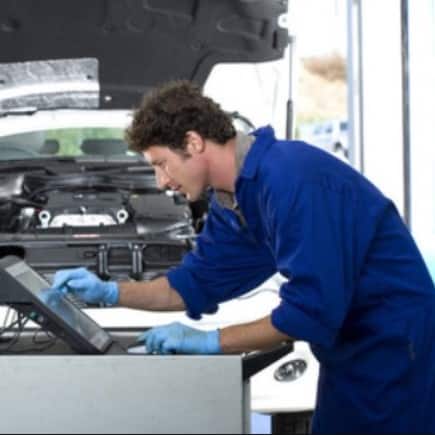
William Moore is an automotive specialist with two decades of experience, ready to give your car the care it needs. He understands all facets of auto maintenance and repair, from oil changes to brake jobs. Working with the latest tools and technologies, he provides complete service on all makes and models of cars. With his attention to detail and commitment to quality workmanship, you can expect excellent results.
